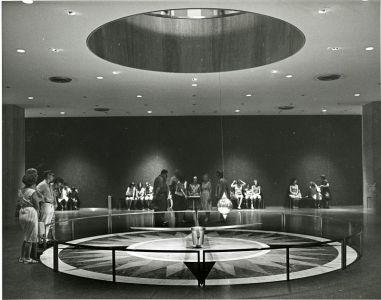- Joined
- Mar 25, 2013
- Messages
- 4,613
Yep. That's what I missed the first time. I didn't expect that calibrated clocks would be set up at the measuring locations.
OK! So why is it important that the Kater pendulum is a "ideal pendulum?" Could you not just use a simple pendulum and check it's period against the calibrated simple pendulum? Maybe it's because a compound pendulum would be affected by gravity a little differently? That could create accuracy issue with the computation of g? Sorry to drag this out! I know you want to get to the actual machining!
OK! So why is it important that the Kater pendulum is a "ideal pendulum?" Could you not just use a simple pendulum and check it's period against the calibrated simple pendulum? Maybe it's because a compound pendulum would be affected by gravity a little differently? That could create accuracy issue with the computation of g? Sorry to drag this out! I know you want to get to the actual machining!


